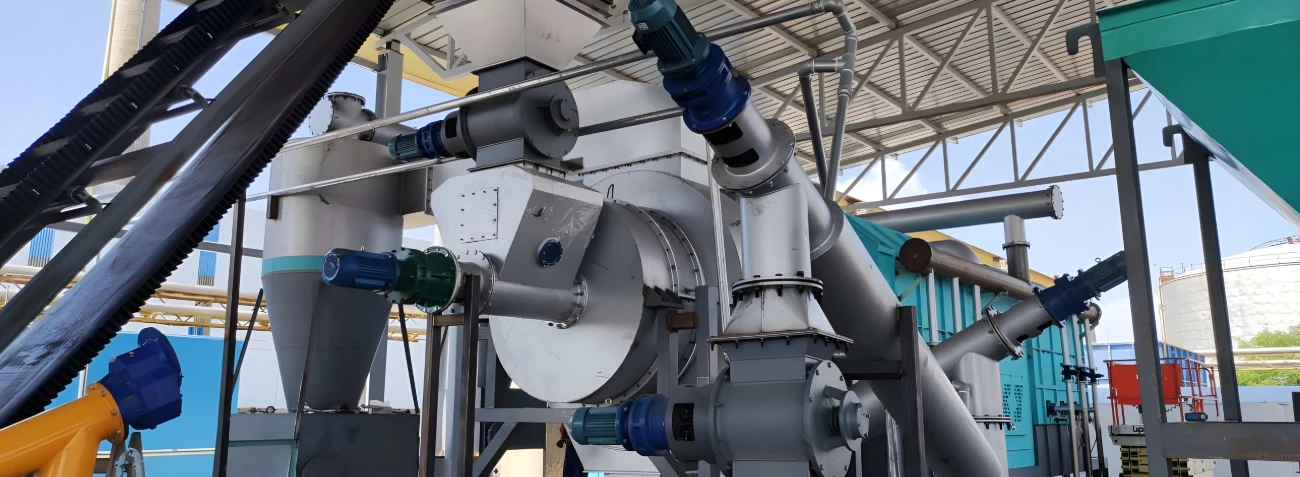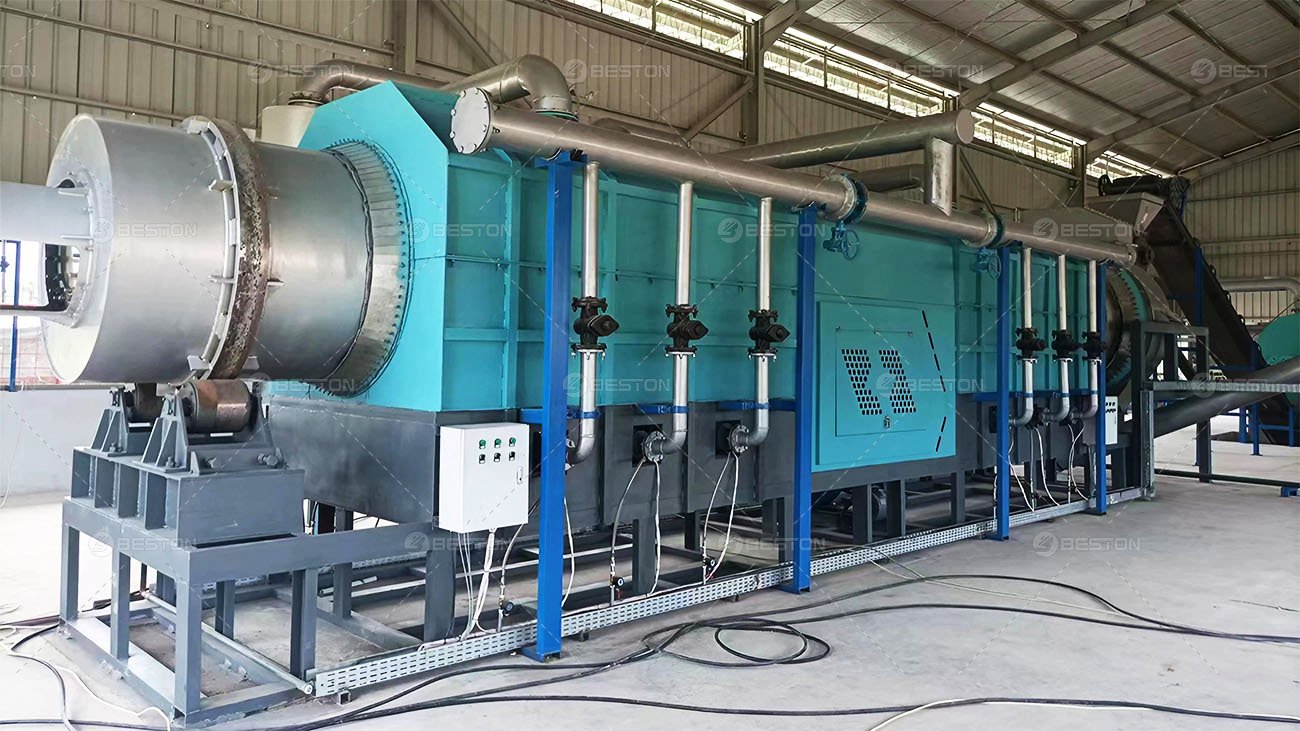The valorization of lignocellulosic waste from discarded furniture is emerging as a viable industrial process. Through controlled pyrolysis, this post-consumer wood waste can be converted into biochar—a carbon-rich material with expanding applications in agriculture, construction, and environmental remediation. The deployment of a biochar machine configured for heterogeneous feedstock plays a pivotal role in maximizing yield and minimizing operational inefficiencies.

Waste Stream Utilization and Feedstock Economics
Discarded furniture constitutes a significant fraction of bulky municipal waste. It is typically composed of hardwood, softwood, plywood, and various composite boards, often treated with coatings or adhesives. Traditionally landfilled or incinerated, these materials represent an underutilized biomass stream with embedded calorific and carbon value.
Utilizing this feedstock in a biochar machine circumvents disposal fees and generates economic return from material that would otherwise incur handling and environmental costs. Furniture waste is abundantly available in urban centers, ensuring consistent feedstock supply with minimal procurement expense.
Process Efficiency and Technological Integration
Modern pyrolysis units designed for biochar production offer high conversion efficiency and adaptable feedstock handling systems. A well-calibrated wood pyrolysis plant integrates drying, carbonization, and emission control within a compact processing line. This modular configuration is particularly suited to the diverse material profiles found in post-consumer furniture.
The use of continuous or batch-type reactors allows for flexibility in processing volumes. Energy recirculation within the system—via the combustion of non-condensable gases—further enhances energy efficiency, reducing reliance on external fuel sources. This internal heat recovery substantially lowers the operational expenditure over time.
Market Applications and Revenue Streams
Biochar derived from waste furniture retains the structural porosity and carbon content required for agronomic enhancement. When applied to soil, it improves nutrient retention, increases microbial activity, and contributes to long-term carbon sequestration. These attributes align with growing demand in the regenerative agriculture and carbon credit markets.
In parallel, biochar serves functional roles in water filtration, cement additives, and green infrastructure. Its use as a construction material additive improves thermal insulation and reduces net embodied carbon in concrete. These high-value applications command premium pricing and broaden the scope of monetization.
The byproducts of the biochar pyrolysis process—namely syngas and bio-oil—can also be recovered. While biochar remains the primary product, these auxiliary outputs can be harnessed for onsite energy generation or further refined for chemical intermediates, creating additional profit channels.

Environmental Compliance and Carbon Economics
Producing biochar from waste furniture supports circular economy principles and diverts carbon from atmospheric release. Each ton of biochar sequesters approximately 2.2 to 3.0 tons of CO₂ equivalent, depending on the feedstock and pyrolysis conditions. This carbon capture mechanism is quantifiable, opening access to voluntary and compliance-based carbon markets.
Moreover, deploying a biochar machine in waste-to-value operations can qualify for green financing incentives, tax credits, or emissions trading schemes in jurisdictions with carbon mitigation policies. These regulatory incentives amplify the overall economic attractiveness of the project. You can get more biochar production solutions from Beston Group.
Operational Considerations and ROI
Return on investment for a biochar facility processing waste furniture is influenced by feedstock cost (typically low or negative), energy integration, labor intensity, and market access. Facilities co-located with furniture recycling centers or urban waste processing hubs benefit from logistical efficiencies and reduced transportation cost.
Depreciation of the biochar machine, maintenance cycles, and emission control measures must be incorporated into long-term financial modeling. However, with consistent throughput and diversified product applications, payback periods of 2 to 4 years are achievable under standard operational parameters.